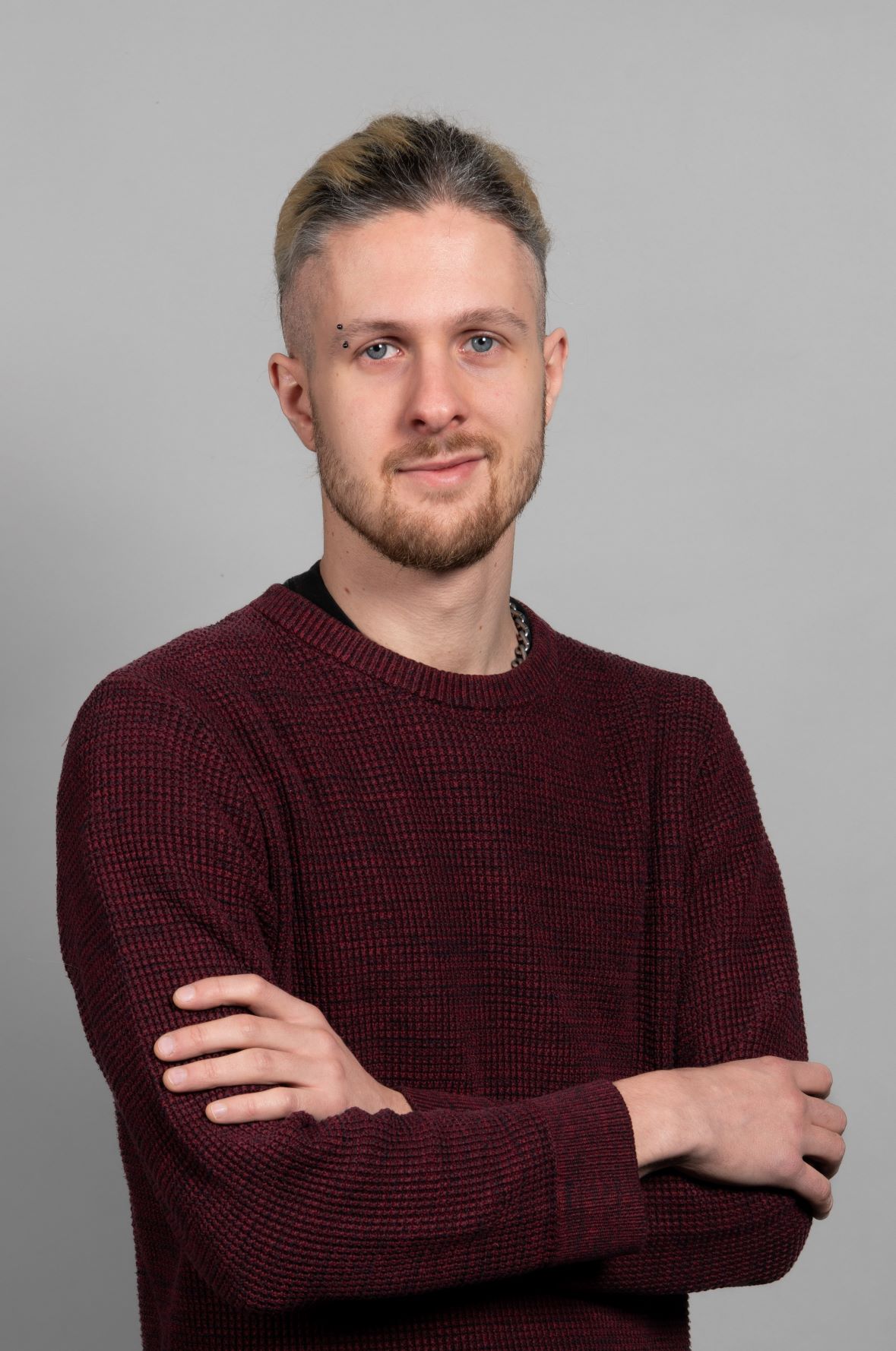The lab
The activities of the SUPSI PVLab range from indoor to outdoor testing, passing through data analysis and on site verification. The precise characterization of all the relevant parameters of a PV module is accomplished through instrumentation internally adapted to the highest quality standards. This is possible thanks to the research activities with international and national partners.
What we do
History
Take a glimpse at the evolution of photovoltaics at SUPSI University, starting from the first PV tests to the implementation of new technologies in recent days.
The team behind PVLab
A team of researchers with long experience in the photovoltaic industry, prepared to respond to the new needs of market players, both local and international: industry, installers, insurance companies and power companies.
Mauro Caccivio
Team manager. Electronic engineer, he has been working in the photovoltaic field since 2002.
Giovanni Bellenda
Laboratory technician manager. Metrologist.
Domenico Chianese
Senior Researcher. He has been working in the photovoltaic sector and in SUPSI since 1992. Team advisor. 2017 Swiss solar prize winner.
Gabi Friesen
Senior Researcher. She has been working in the photovoltaic field since 1995.
Ebrar Özkalay
PhD student. His research focuses on the long-term reliability and performance of Building Integrated Photovoltaic (BIPV) modules and systems.
Moreno Ronchi
Laboratory technician. Supports the functioning of scientific processes, projects and tests.
Flavio Valoti
PhD student with research focused on the electrical characterization and reliability of innovative solar cells and modules.
Valentina Jennarelli
Quality manager. Engineer. She has been working for 13 years in quality assurance.
Mattia Ceretti
Scientific collaborator. Supports the fuctioning of scientific processes, projects and tests.
Dominika Chudy
Researcher. Her research focuses on the BIPV topics, with particular focus on reliability, advanced characterisation and testing.
SUPSI – Scuola universitaria professionale della svizzera italiana
The University of Applied Sciences and Arts of Southern Switzerland (SUPSI) is one of the nine universities of applied sciences recognized by the Swiss Confederation. SUPSI offers a wide range of study programs – Bachelor, Master and Continuing education – in 8 different areas, in addition to Applied research and Service provision. It provides cutting edge, practice-oriented education.










